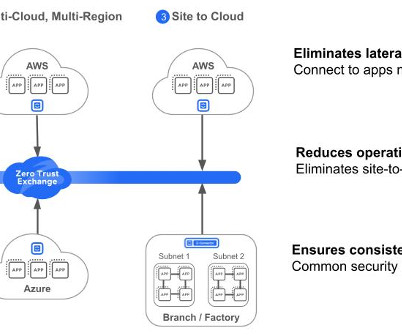Google Cloud and Palo Alto Networks Deliver Cloud-Native NGFW Service
Palo Alto Networks
APRIL 11, 2024
Google Cloud and Palo Alto Networks are excited to announce the general availability of Google Cloud Next-Generation Firewall (NGFW) Enterprise. Powered by our Palo Alto Networks best-in-class security technology, the managed firewall service has extensive threat prevention capabilities essential for securely doing business in the cloud.















Let's personalize your content